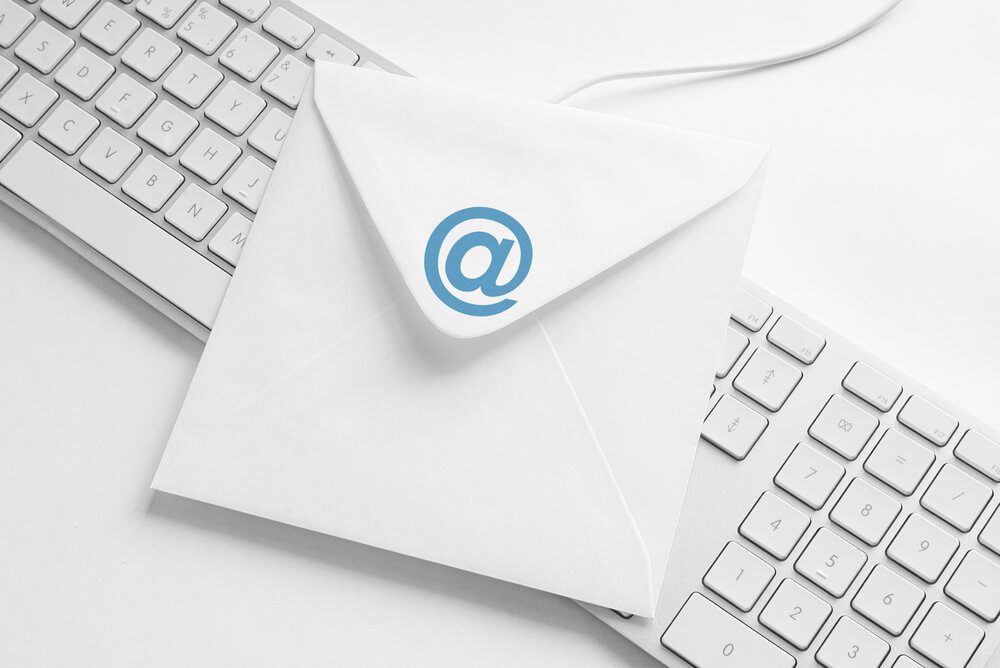
Is Healthcare Email Marketing Still of Any Use? Yes!
With our busy and mobile-driven culture, should medical providers bother sending newsletters? Yes. Healthcare email marketing still delivers outstanding results. However, campaigns should be updated while remaining compliant with strict industry regulations.
This article highlights the following points:
 Digital Authority Partners (DAP) has already laid out the fundamentals of creating an effective healthcare email marketing campaign. The goal now is to refine the techniques and maximize their impact with these seven advanced ideas:
Digital Authority Partners (DAP) has already laid out the fundamentals of creating an effective healthcare email marketing campaign. The goal now is to refine the techniques and maximize their impact with these seven advanced ideas:
- Top reasons that email marketing is still relevant.
- More advanced strategies to nurture leads and increase conversions.
- Role of emerging technologies such as AI in improving healthcare email.
Are you looking for help with marketing your healthcare business? Watch the video below to learn our approach to healthcare marketing and why 150+ healthcare companies have chosen Digital Authority Partners to help them generate more leads and patient appointments.
Why Email Marketing Refuses to Die
Ever since Ray Tomlinson invented email in 1971, it has continued to be a formidable mode of communication, especially in marketing. The following explains why:- Email is already ingrained in our culture. People are more likely to have an email address than a social media account. They need it to work, open an online bank account, and access electronic medical records (EMRs).
- Compared to many other marketing channels, email is cheaper. Businesses can subscribe to scalable management tools for enterprise packages for less than $200 a month.
- Because email is cost-friendly and easy to measure, it usually delivers higher returns. Depending on the industry, you can achieve a whopping 3,800% return on investment (ROI).
- Emails are personal, which allows medical providers to build a more authentic relationship with their patients.
- You are able to develop a healthcare email marketing strategy that addresses patients at every sales funnel stage.
- Email is easy to integrate or combine with other digital touchpoints such as mobile devices and social media. Email is also a trusted medium.
Seven Advanced Strategies to Nurture Leads and Increase Conversions
 Digital Authority Partners (DAP) has already laid out the fundamentals of creating an effective healthcare email marketing campaign. The goal now is to refine the techniques and maximize their impact with these seven advanced ideas:
Digital Authority Partners (DAP) has already laid out the fundamentals of creating an effective healthcare email marketing campaign. The goal now is to refine the techniques and maximize their impact with these seven advanced ideas: 1. Collect Zero-Party Data
First-party data is good. Zero-party information is even better. The reason: HIPAA. Zero-party data is information that a user voluntarily shares with an organization, which means explicit consent. It also aligns with the data-minimization principle because you acquire only essential details. You can get them through the following:- Surveys and questionnaires
- Patient portals
- Webinars
- Regular check-ins
- Post-appointment feedback
- Opt-in communications
- Trade shows
2. Comply with DMARC to Increase Delivery and Open Rates
With increasing phishing attacks and email spoofing, protecting patient privacy helps maintain a good brand reputation, trust, and loyalty. Therefore, comply with DMARC policies. DMARC stands for “Domain-based Message Authentication, Reporting, and Conformance.” An authentication protocol empowers domain owners to protect their email addresses from unauthorized use or cyberattacks. Complying with the policies boosts your delivery and open rates. Your chances of getting flagged or blacklisted by major email service providers decrease, and subscribers feel more confident reading your content.3. Apply Hyper-Segmentation to Customize Content
Personalization is key to reaping healthcare email marketing benefits. When subscribers relate to your content, they are more likely to engage, trust your message, and take the desired actions. However, this strategy becomes more challenging as the mailing list grows. Maintain its effectiveness by hyper-segmenting leads. Instead of breaking them down by age or gender, dive deeper by considering factors such as past medical history, appointment frequency, medication types, or health interests. Aligning content more closely with their health journey provides unparalleled value and builds stronger, more meaningful relationships.4. Use AI to Automate Routine Tasks and Personalize Email
Email marketing campaigns are hard work, especially in healthcare, where you must comply with and stay updated on regulations. Reduce the load and simplify most of the routine to-dos with artificial intelligence (AI). Use it to do the following:- Analyze subscriber behavior and preferences and craft personalized email content.
- Identify patterns and group subscribers into hyper-specific segments.
- Determine the best times to send emails to maximize open rates.
- Forecast trends, user behaviors, and campaign performances.
- Assess which visuals resonate best with the audience.
- Detect fraud.
- Conduct A/B testing to determine the most effective email version.
- Automate email sequences based on triggers.
- Score leads based on factors such as subscriber interactions.
5. Prioritize Consistency over Quantity
Being consistent in communicating with your subscribers cultivates trust and reliability. It avoids email fatigue and gives you more time to craft valuable content. Practice consistency by planning email marketing campaigns well. Create a content-creation calendar. Use data to know when, what, and how to send the mail. Should it be once a week? If it is a long newsletter, is once a month ideal? Periodically ask your subscribers for feedback.6. Add an Unsubscribe Button
Adding an unsubscribe button might be counterintuitive, but it supports your email marketing plan by:- Letting you comply with federal rules, such as the CAN-SPAM Act.
- Demonstrating respect for their preferences and inboxes.
- Giving you valuable feedback on content and engagement.
- Improving the quality of your leads by allowing uninterested subscribers to exit gracefully.
7. Optimize Email for Mobile
More people read emails, access web content, and interact with brands through their smartphones and tablets. Optimizing email for mobile is no longer just an option but a necessity. Use a responsive email design that automatically adjusts the layout, images, and fonts based on the device’s screen size. Consider a minimum font size of 14 px for body text and 22 px for headlines for readable text. Make call to action (CTA) buttons clear and distinctive. Compress images and videos to load them quickly or use only the necessary visuals. Keep your emails short or break down long ones with proper headings and bullet points.Summing Up
Healthcare email marketing is a cost-effective strategy that builds deeper relationships with your potential and existing patients to increase revenue, retention, loyalty, and conversion. As long as it adopts new trends and shifts in consumer behavior, it will also remain relevant and effective. This article shares advanced strategies to help you start or improve your campaigns. If you need more help, contact Digital Authority Partners (DAP) for a free consultation.Want To Meet Our Expert Team?
Book a meeting directly here



